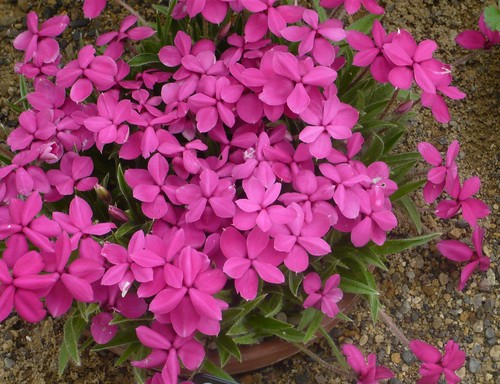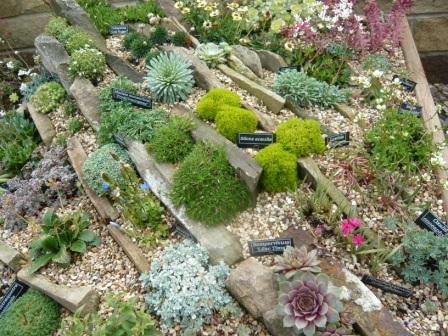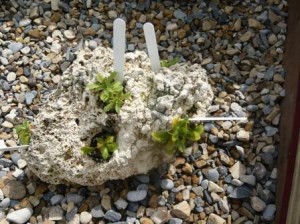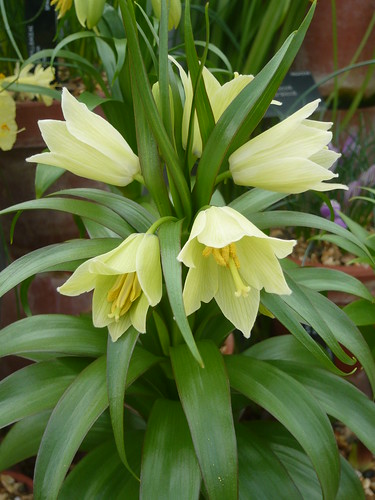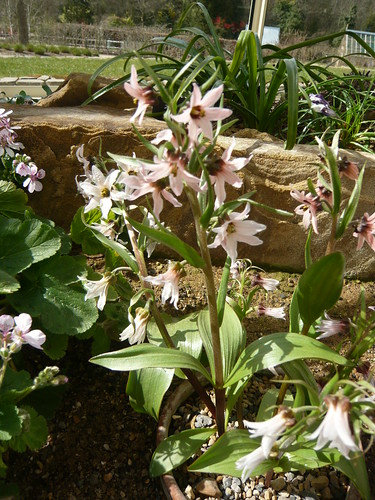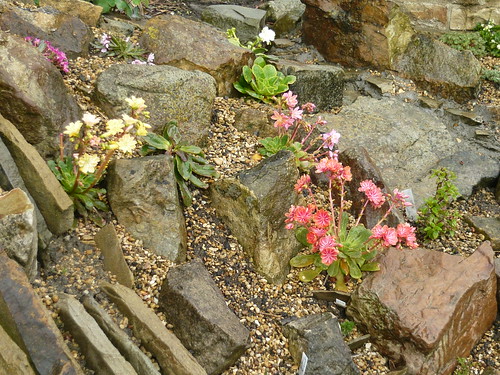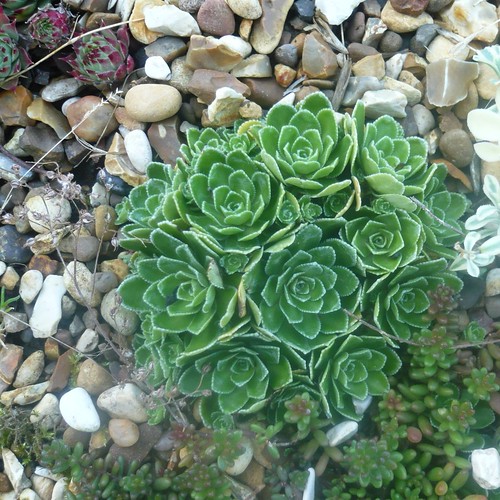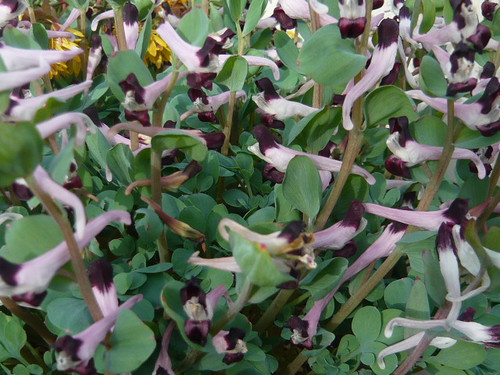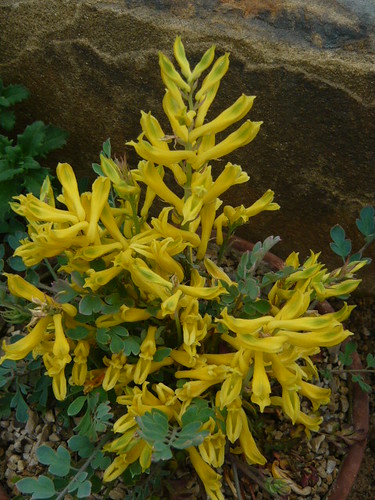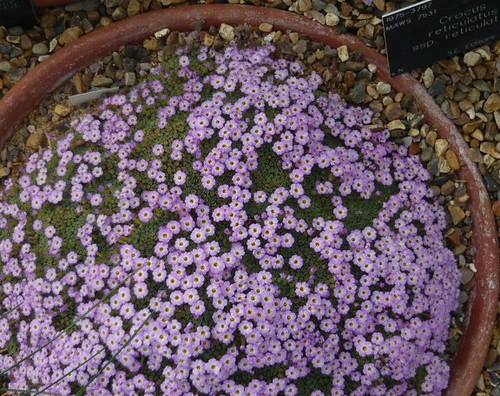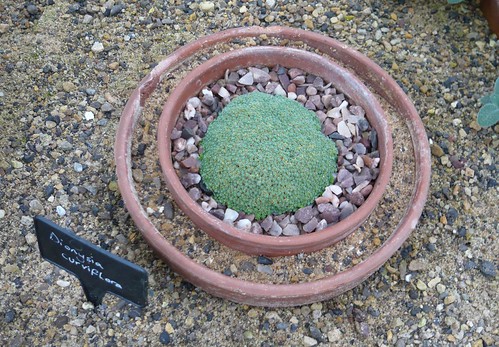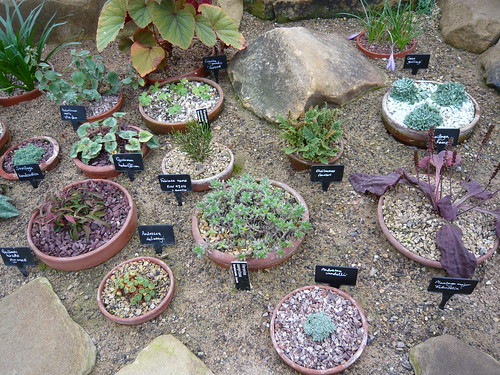Rhodohypoxis for Massed Flowers
Tale Valley nursery hold a national collection of these floriferous plants.
For a short intensely coloured alpine or pot raised plant there is little to touch Rhodohypoxis. The flowers are thick and wax-like white or shades of pink to purple. Interesting doubles are now being bred such as ‘Lilly Jean’, ‘Hope’ or ‘Kiwi Joy’.
Rhodohypoxis grows to 2″ in height although Rhodohypoxis deflexa only reaches 1″ or less depending on position in your garden and Rhodohypoxis ‘Tetra White’ can be 4″ tall.
Cultivation Tips
Regular dead-heading of the spent flowers helps to improve flowering performance.
Grown in plastic or terracotta pots, they are best re-potted every year.
Add a high potash slow release fertilizer into the compost at potting time.
Compost should be relatively free draining by adding from 30%+ grit to the growing media
Around May the first lance-shaped leaf growth appears. They are quite short and form a spikey matting until covered in flowers for the rest of summer.
Watering and Feeding
Rhodohypoxis will happily withstand freezing cold provided the plants are kept almost dry through winter.
Their chances of survival outdoors can be enhanced by placing a pane of glass over the top of them during their dormant period.
‘Containerised plants require plenty of moisture in the spring and summer which is reduced as the leaves start to die down in August to October depending on the variety.’
Provide a liquid feed to build up the, small corm like, root stock during the growing period.
Trim off dead foliage and store corms through winter in a cool environment.
Propagate by division when dormant.
Species
Rhodohypoxis baurii
White flowers with shorter but wider leaves.
…
